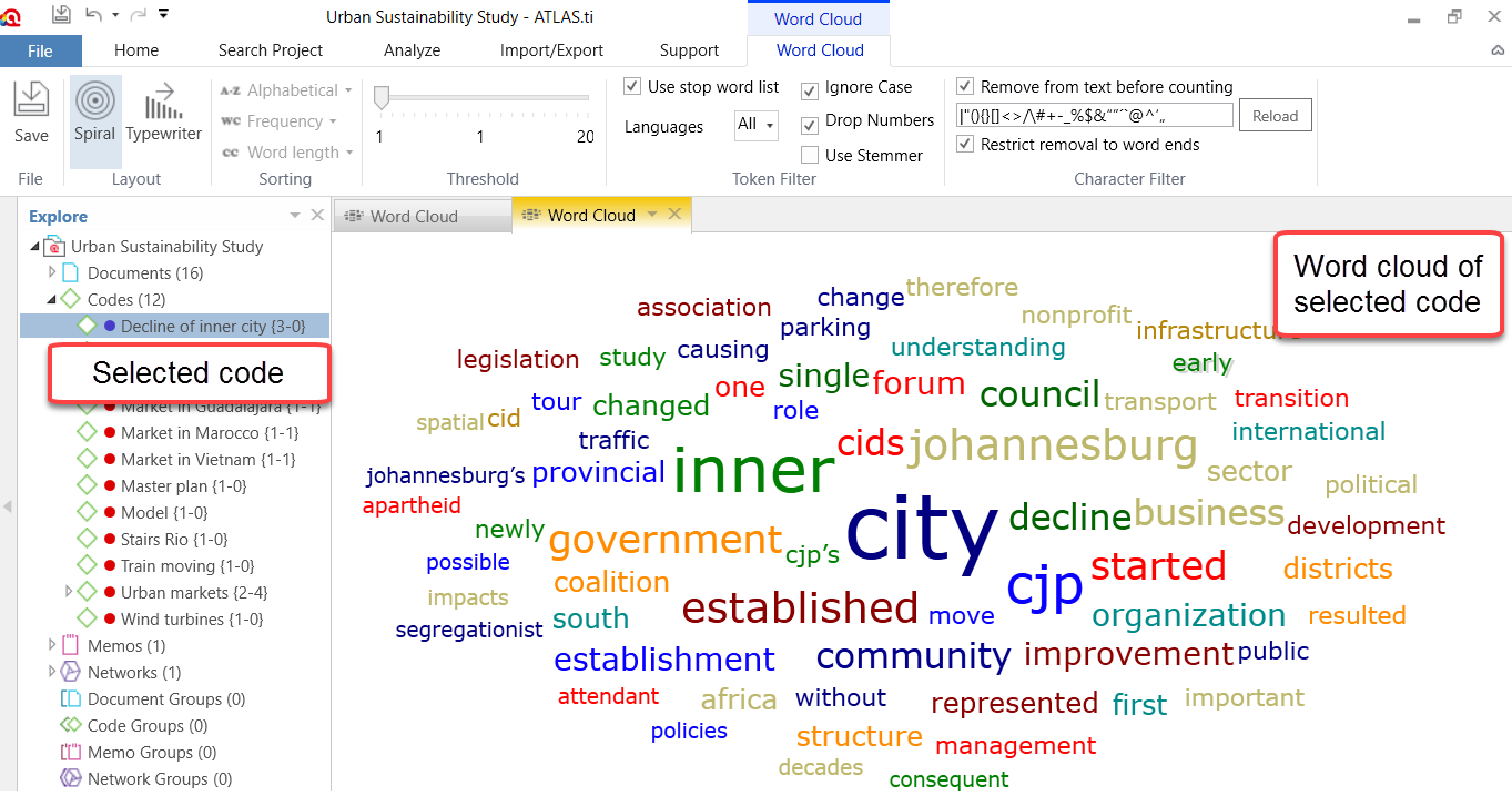

#BEST FREE ATLASTI SUBSTITUTE HOW TO#
Businesses must understand social media trends and how to handle peak daily, seasonal, and event-triggered data loads, which can be difficult. Data flows are unpredictable, changing frequently and varying wildly in addition to the increasing velocities and varieties of data. Different formats can store data, including unstructured text files, emails, videos, audio files, market ticker data, and traditional databases that store quantitative data. The requirement to manage these data deluges in close to real-time is driven by RFID tags, sensors, and smart meters. Due to the growth of the Internet of Things, data is entering businesses at a previously unheard-of rate, and this data needs to be processed fast. In the past, storing so much data would have been prohibitive, but data lakes, Hadoop, and the cloud have reduced that cost. Organizations get information from various sources, including sales, Internet of Things (IoT) devices, machinery, social media, videos, photos, and audio. Big data analysis can produce insights that help decision-making and provide assurance when making critical business actions.īut when business analyst Doug Laney articulated the five V’s in the early 2000s, the concept of big data began to take off, which is now generally accepted as the definition of big data:

However, what organizations do with the data matters more than the type or volume of data. Big data describes the large, challenging volumes of structured and unstructured data that inundate businesses daily.


 0 kommentar(er)
0 kommentar(er)
